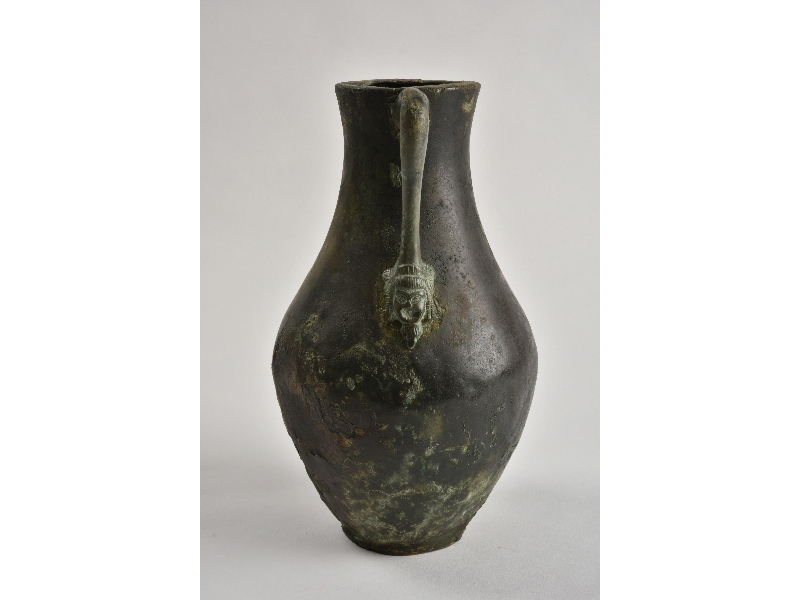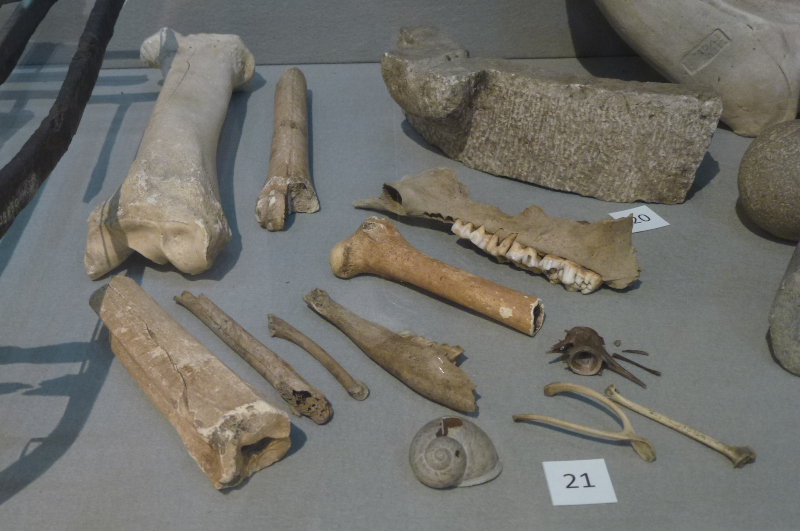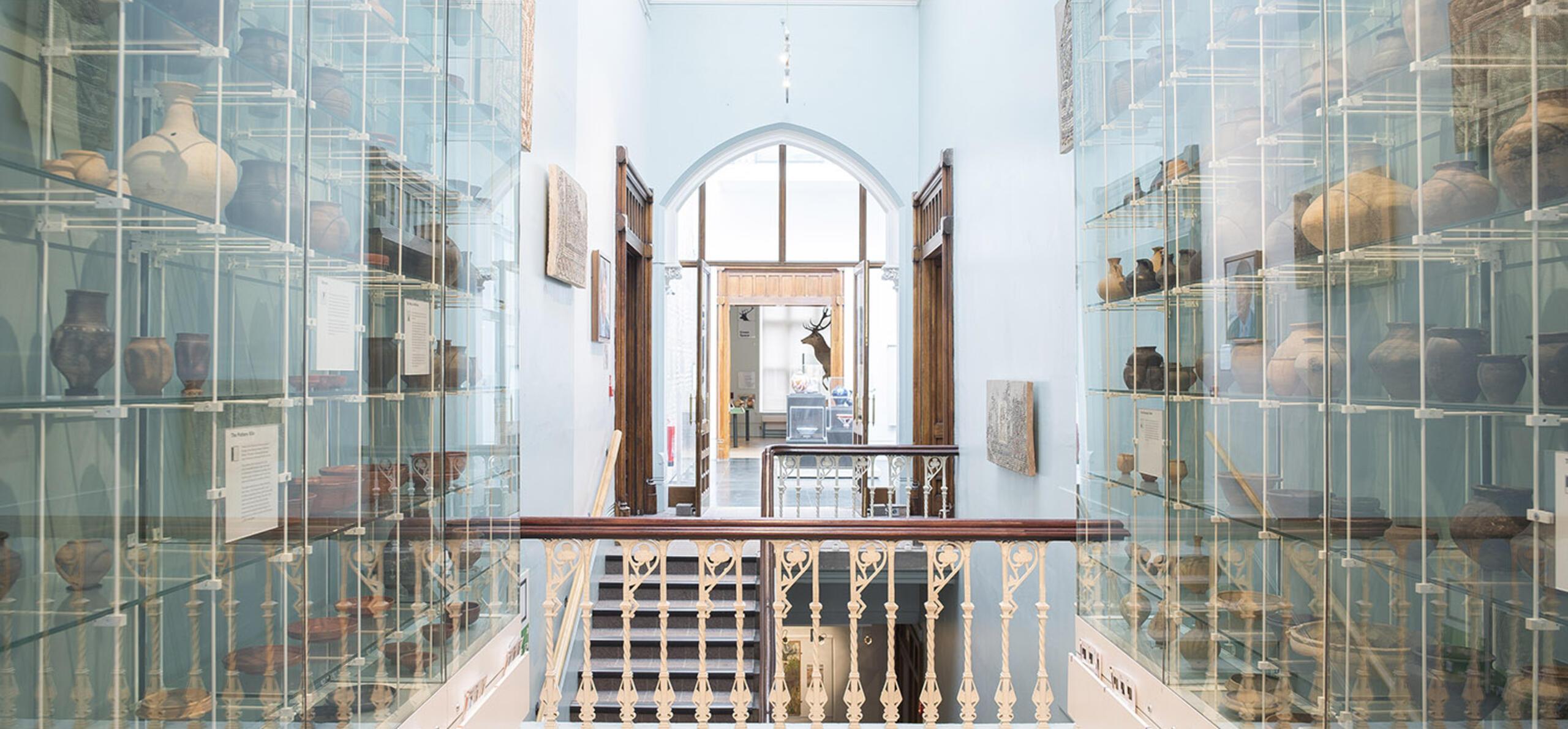Britain was a very different place before the Romans arrived in 43AD. The inhabitants, formed of many native tribes, were in contact with continental neighbours, but the Roman conquest magnified these interactions. This blog explores the interesting ideas and activities that Roman culture brought to the British Isles.
The Romans brought new foods
Before the Romans arrived, the Celtic Britons had a basic diet of cultivated cereals, peas and beans and domesticated animals. Through interaction and trade with other people the variety of herbs, vegetables and fruit increased. Romans brought with them over 50 new kinds of plant foods.
How do we know what the Romans ate and grew?
Excavations at the Iron Age and Roman town of Calleva Artebatum at Silchester reveal a lot about the diet of these ancient people. Archaeobotany is the study of ancient plant remains. During some of the earliest systematic excavations at Silchester, carried out by the Society of Antiquaries, remains of plant seeds were studied. Clement Reid and Arthur H. Lyell reported on the plant remains they found from the sieved contents of the wells and pits.

Seed of Pyrus germanica, medlar. Object number REDMG : 1934.114.3.586
Archaeologists at University of Reading have continued to excavate the site and using modern methods have confirmed and expanded the plant remains previously discovered. They conducted a thorough and detailed excavation of a single area, Insula IX, discovering charred seeds and pollen by searching in latrines and waterlogged wells. They found evidence of celery, coriander, dill and olive from the Iron Age excavations suggesting the early inhabitants were enjoying Roman flavourings in their food.
The Museum collection has evidence of plants introduced to Britain in the Roman period, including fig, mulberry, sweet cherry, bullace or plum and grape. We have stones of bullace or damson, cherry and pips of pear or apple. Potential wild plant foods are the fruits of hawthorn, wild strawberry, sloe, bramble and elder. Plus the flavourings of opium poppy, black mustard and medlar.
This research tells us what the inhabitants of Calleva were consuming, but not what they were growing…
What about wine?

Spun bronze jug for wine. Object number REDMG : 1995.84.31
We know the Romans liked wine and now we know they tried to grow grapes in Britain. There is evidence of Roman-age vineyards in Britain from Lincolnshire to Buckinghamshire. A vineyard in Northamptonshire has been dated to 2nd century CE. A team from the Department of Archaeology at the University of Cambridge found a series of Roman-era planting beds set in ‘zebra-like stripes’ on part of a 150-hectare area believed to have been a Roman settlement. The site, near to Cambridge, is thought to be more evidence of Roman winemaking in the UK.
What about animals?
Archaeological evidence of meat consumption has been found in excavation remains. But did you know that the Romans brought rabbits to Britain? The presence of European rabbits can be dated to Roman times. A fragment of tibia bone was discovered during an archaeological dig at Fishbourne Roman Palace, West Sussex in the 1960s. It has recently been radiocarbon dated by the University of Exeter and found to be almost 2,000 years old.

13 bones of cattle, sheep, pig, chicken, swan, woodcock, grey mullet and frog and the shell of an edible snail. Object number 1996.180.bone
And elephants?
Roman senator and historian Cassius Dio claims war elephants were used in Emperor Claudius’ invasion army in 43AD (History of Rome 60.21.2). This is much debated because he was writing 180 years after the event and no other writer mentions elephants, however, the Romans did use elephants for public spectacles.
Elephant ivory has been found in Britain. We don’t have any evidence from Silchester but a female buried in York had an elephant ivory bracelet. Known as the Ivory Bangle Lady this grave of a wealthy high-status women is evidence of international trade and diverse population in the Roman city.
These are just some of the ways that the Roman occupation changed Britain. Find out more about life in Calleva by visiting the Silchester Gallery.





